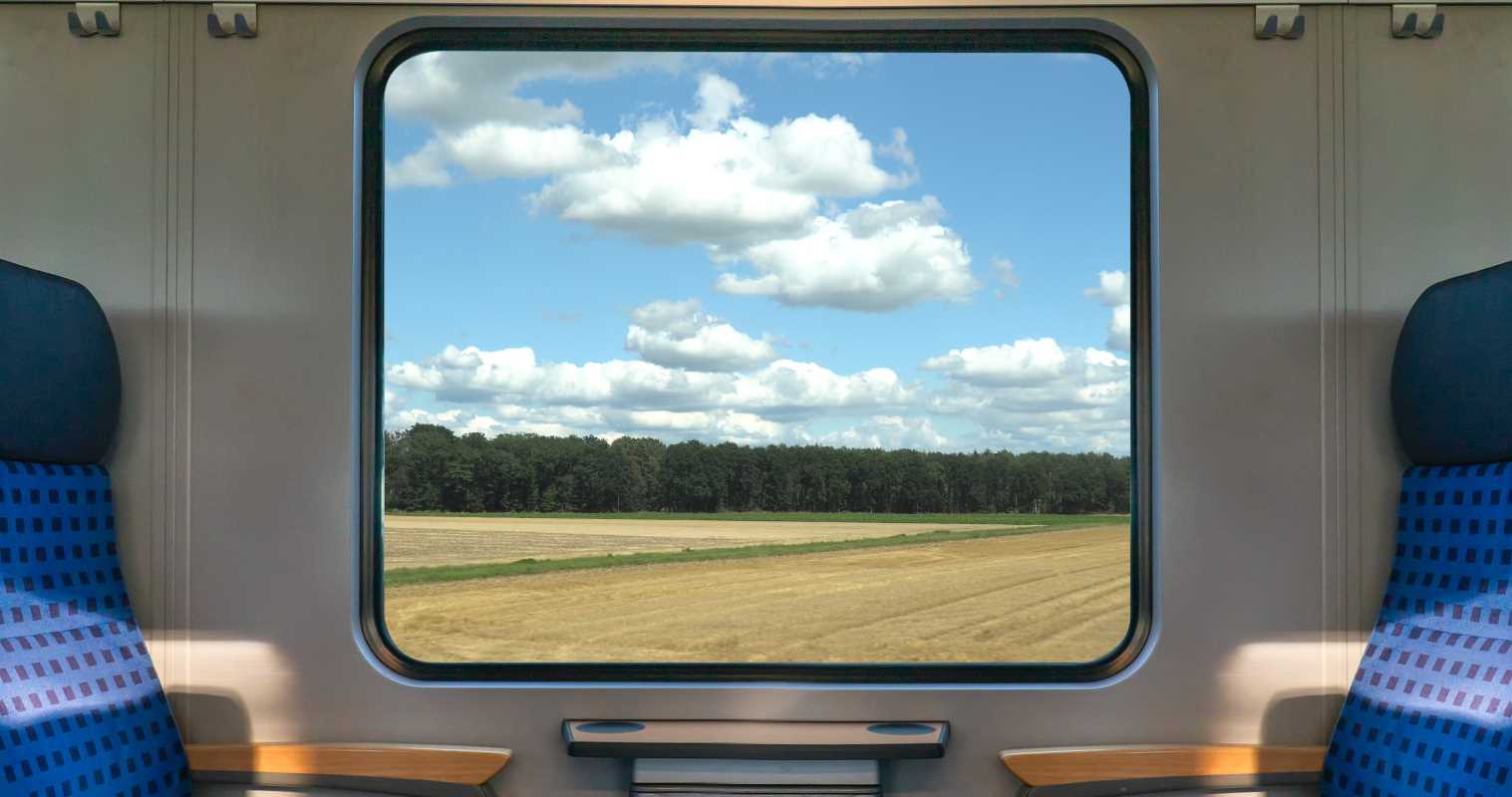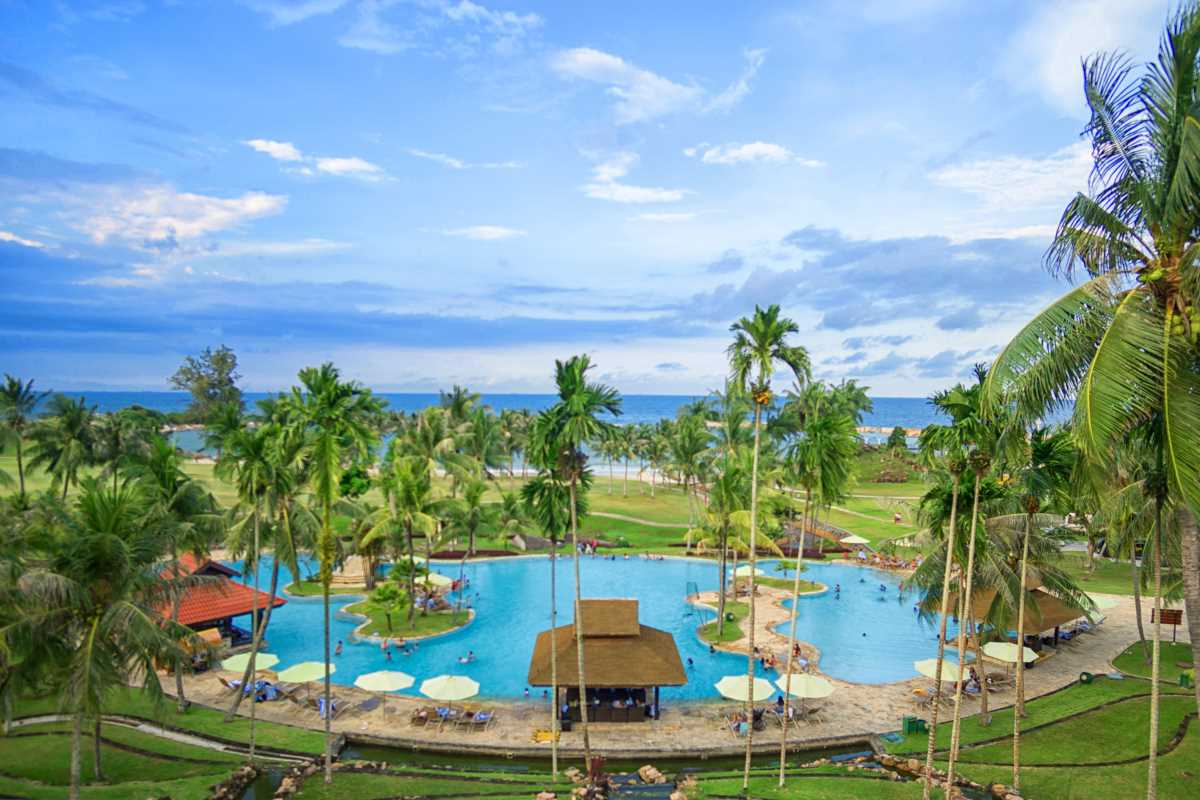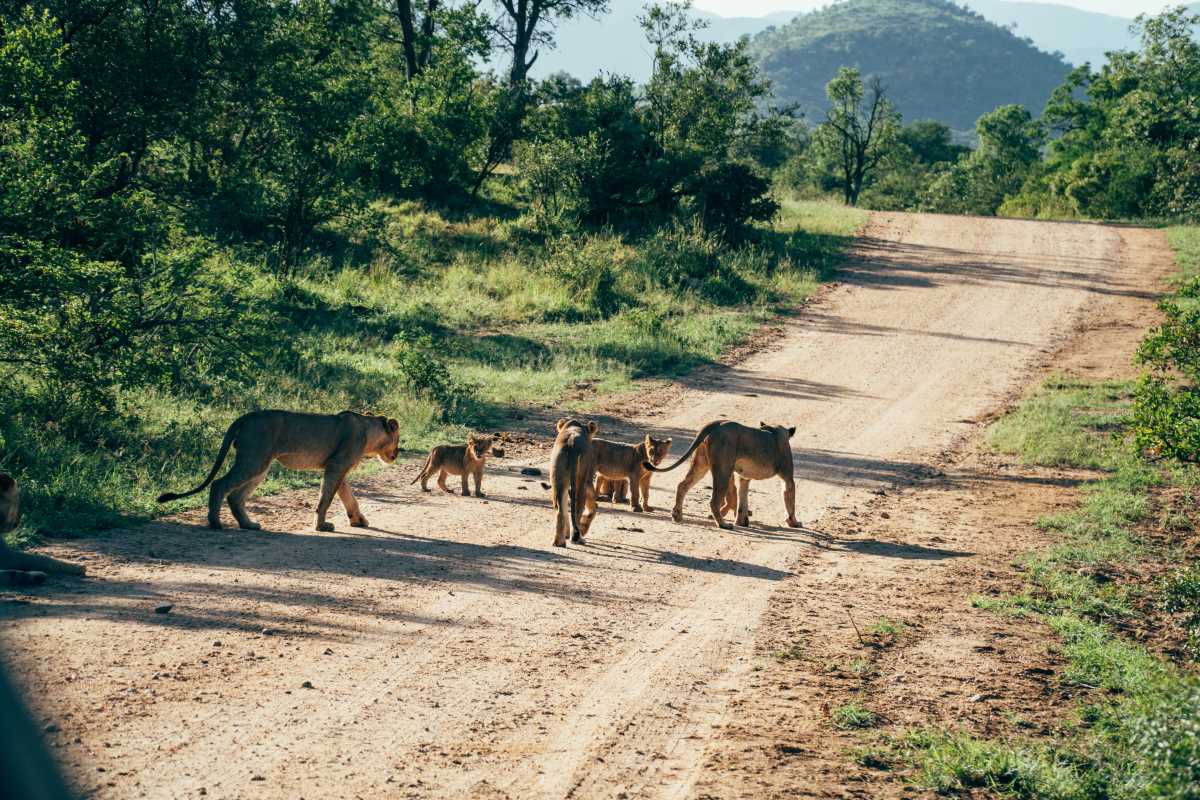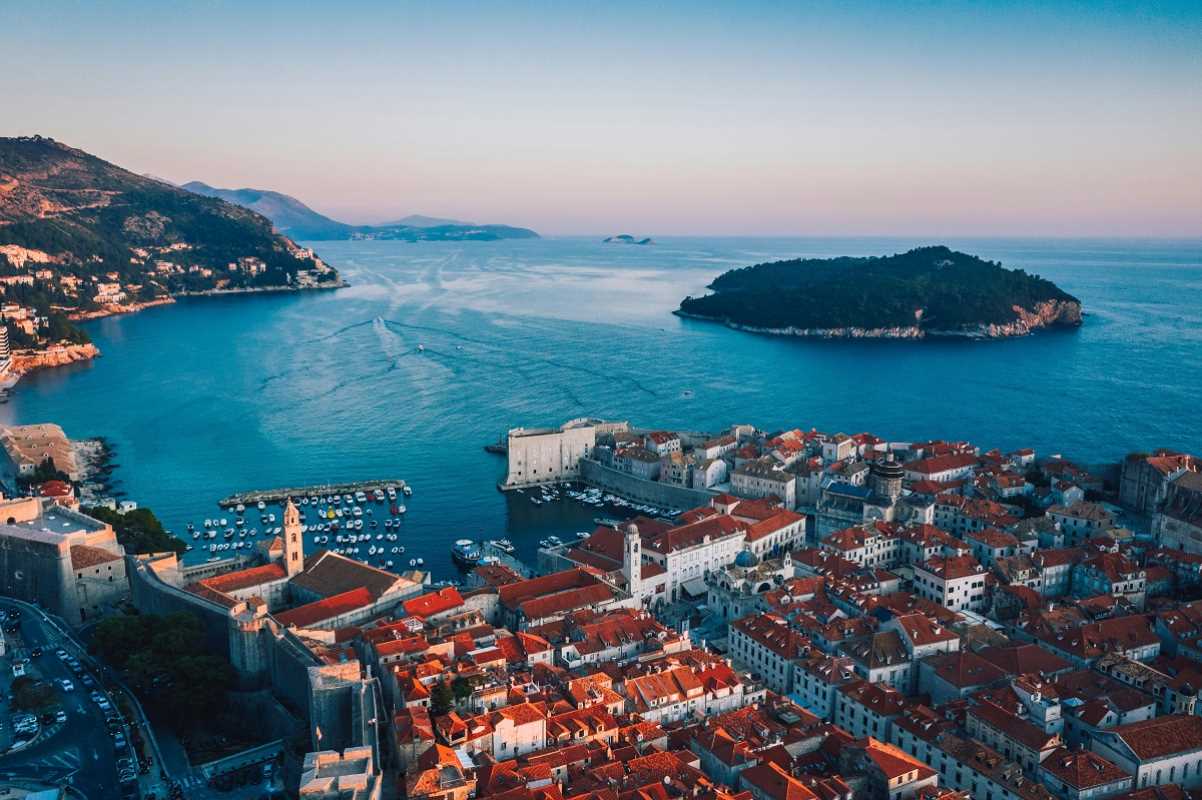Every year, a breathtaking natural phenomenon unfolds in Mexico as millions of monarch butterflies travel across continents to their wintering grounds. This incredible journey captivates nature enthusiasts and travelers alike, offering a unique glimpse into one of the most remarkable migrations on the planet. Whether you're a seasoned traveler or simply curious about wildlife wonders, witnessing the annual migration of *monarch butterflies* becomes an unforgettable experience that connects you with nature's intricate rhythms.
The Marvel of Monarch Migration
The migration of the monarch butterfly is nothing short of miraculous. These delicate insects embark on a multi-generational journey that spans thousands of miles, moving from the United States and Canada to the lush forests of central Mexico. This trek not only demonstrates their resilience but also plays a critical role in the survival of the species. Unlike many other migratory animals, monarchs invest their entire lifespans into this single, epic voyage, making it a compelling subject of study and admiration.
The timing of the migration is equally fascinating. Monarchs begin their southward flight in late summer, reaching Mexico just as cooler temperatures set in. This precision ensures that the butterflies find the perfect conditions to survive the winter months. The return journey begins in the spring, setting the stage for a new generation of monarchs to undertake the trip northward. This cyclical pattern highlights the delicate balance between nature and climate, emphasizing the importance of conservation efforts to maintain these migratory pathways.
Prime Locations to Witness the Migration
Mexico offers several prime locations where you can observe the migration of monarch butterflies in all its glory. These sites provide not only accessibility but also the optimal environment for these butterflies to flourish.
- Monarch Butterfly Biosphere Reserve, Michoacán: The most renowned location for witnessing the migration, this UNESCO World Heritage site boasts millions of butterflies clustered in oyamel fir trees.
- El Rosario Sanctuary: Located within the Biosphere Reserve, this sanctuary serves as a key spot for observing the dense butterfly populations during peak migration periods.
- Villa Corona: A smaller reserve that offers a more intimate experience with the butterflies, perfect for those seeking tranquility amidst nature.
- Tembladera Park: Situated on a hilltop, this park provides panoramic views of the butterfly colonies, allowing for stunning photography opportunities.
Ecological Significance
The monarch butterfly migration is not just a visual spectacle; it plays a vital role in the ecosystem. Monarchs act as pollinators, aiding in the reproduction of various plant species. Their interactions with flora contribute to the health and diversity of the environments they traverse. Additionally, monarchs serve as indicators of environmental health, reflecting changes in climate and habitat quality. Declines in their populations can signal broader ecological issues that may need addressing to preserve biodiversity.
The monarchs' reliance on specific host plants, such as milkweed, underscores the importance of habitat conservation. Protecting these plants ensures that monarchs have the necessary resources for breeding and feeding, which is crucial for their survival. Efforts to restore and maintain these habitats become essential in sustaining the monarch population and, by extension, the ecosystems they support.
Cultural Impact on Local Communities
The migration of *monarch butterflies* has deeply influenced the cultural fabric of the local communities in Mexico. These butterflies are more than just a natural phenomenon; they intertwine with traditions, folklore, and the identity of the people living in the regions they inhabit.
- Dia de las Mariposas: An annual festival celebrating the arrival of monarchs, featuring parades, music, and traditional dances that honor the butterflies' journey.
- Local Art and Crafts: Communities create vibrant artworks and handicrafts inspired by the monarchs, reflecting their significance in daily life and cultural expression.
- Storytelling and Folklore: Legends and stories passed down through generations often feature the monarchs, symbolizing transformation, perseverance, and the connection between life cycles.
- Eco-Tourism Initiatives: The influx of tourists during migration periods supports local economies and encourages sustainable practices that preserve both the butterflies and the communities.
Travel Tips for Enthusiasts
If you're planning to witness this marvelous migration, here are some practical tips to ensure a memorable and comfortable experience:
- Best Time to Visit: The peak migration season runs from late October to early March. Visiting during these months increases your chances of encountering the largest butterfly concentrations.
- Accommodations: Book your stay in advance, especially in popular areas like Michoacán. Options range from eco-lodges to boutique hotels, providing various levels of comfort and proximity to viewing sites.
- Guided Tours: Hiring a local guide can enhance your experience, offering insights into the migration patterns, local ecology, and cultural practices related to the monarchs.
- What to Bring: Pack lightweight clothing, comfortable walking shoes, a hat, sunscreen, and a good camera to capture the stunning scenes. Binoculars can also enhance your viewing experience.
- Respect the Environment: Follow all guidelines to protect the butterflies and their habitat. Avoid disturbing the colonies and refrain from using pesticides or other harmful substances.
The migration of monarch butterflies in Mexico serves as a profound reminder of nature's beauty and resilience. By understanding and appreciating this extraordinary journey, travelers can contribute to the conservation efforts that ensure these butterflies continue to grace our planet for generations to come.
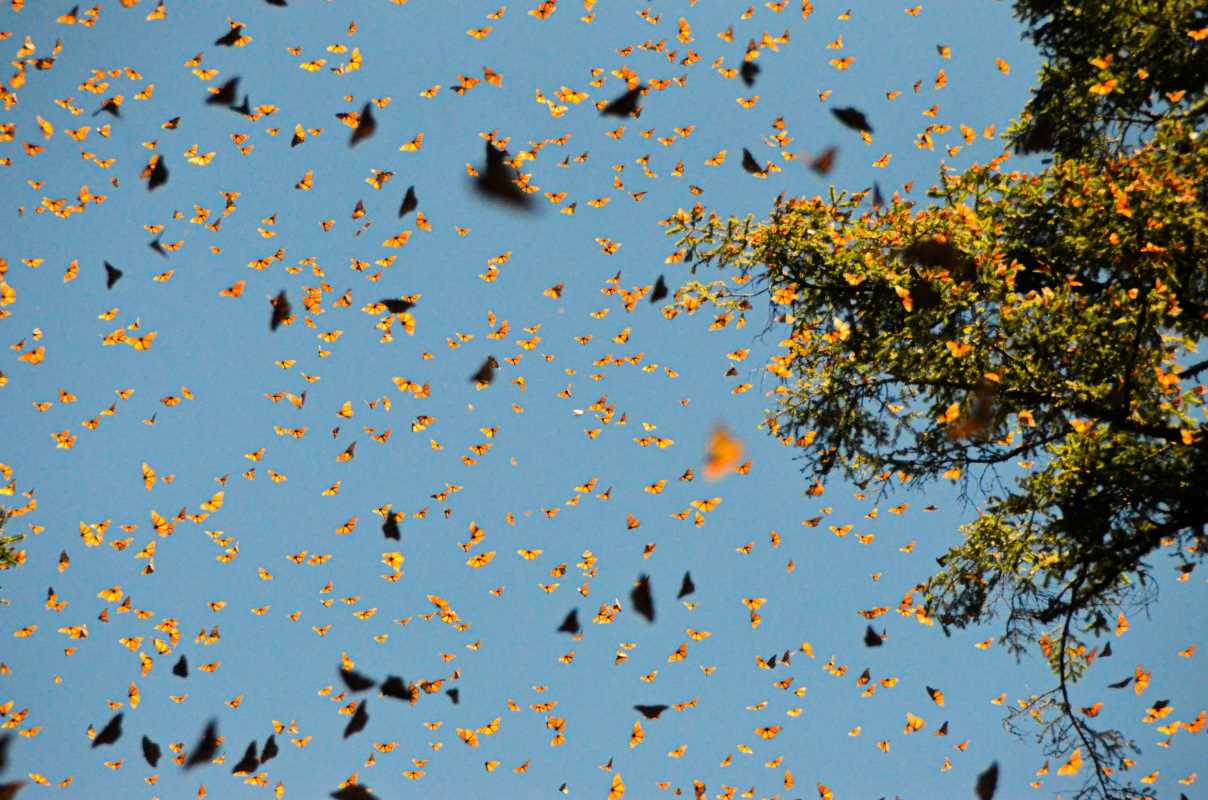 (Image via
(Image via
